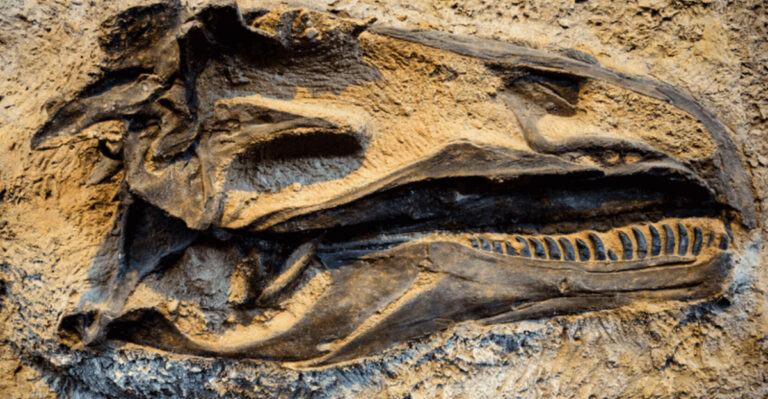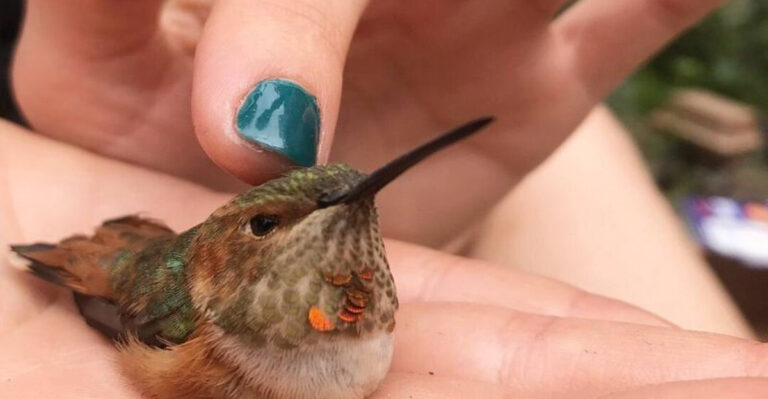15 Ocean Animals Found Only Along The Pacific Coastline
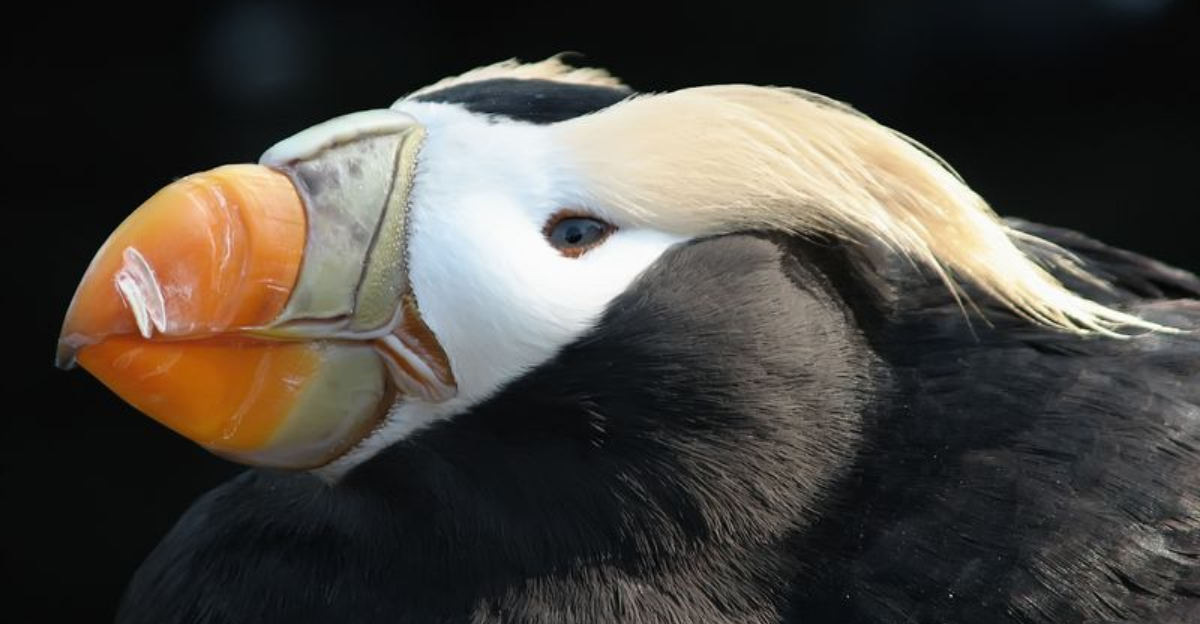
The Pacific Ocean, Earth’s largest body of water, harbors a wealth of unique marine creatures found nowhere else on our planet.
From the frigid waters of Alaska to the warm tropical currents of Central America, these animals have adapted to the Pacific’s diverse ecosystems. Let’s explore 15 fascinating ocean animals that call the Pacific coastline their exclusive home.
1. Garibaldi Fish
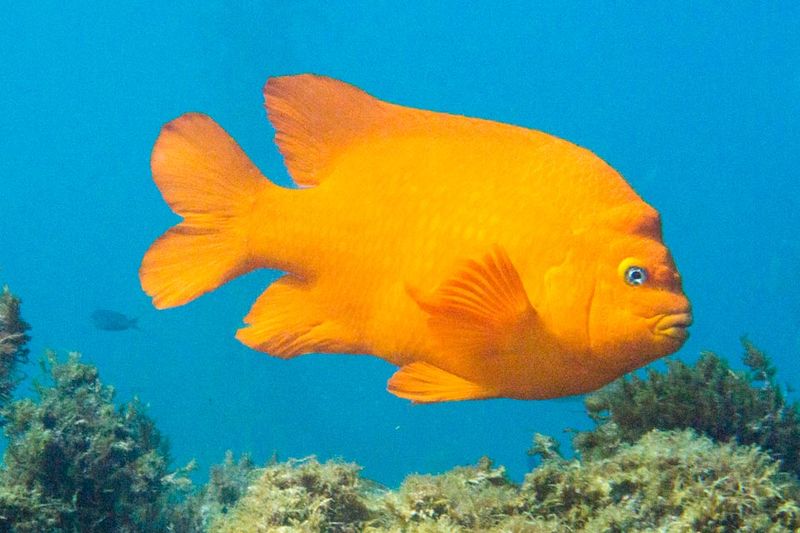
Bright orange and feisty, the Garibaldi is California’s official state marine fish. Males build and guard nests on rocky reefs, fanning their eggs with their fins to keep them oxygenated.
Found from Monterey Bay to Baja California, these fish can live up to 25 years in the wild. Their vibrant color serves as a warning to potential predators while making them a favorite sight for divers.
2. Giant Pacific Octopus
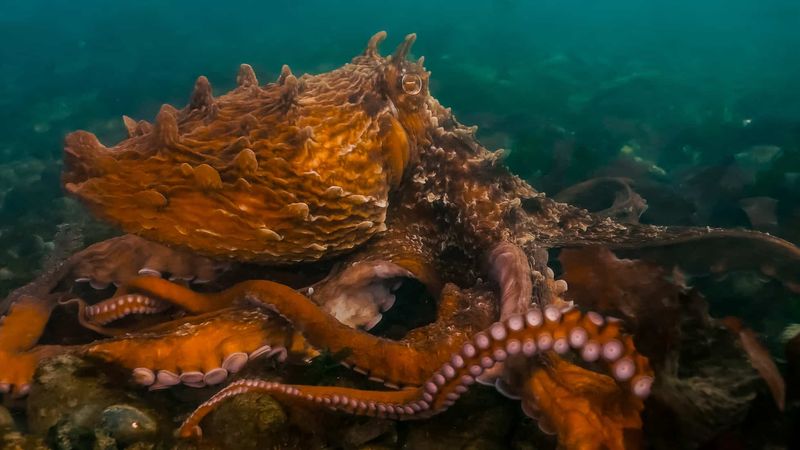
Masters of disguise with extraordinary intelligence, Giant Pacific Octopuses can solve puzzles and open jars to reach food. Their massive bodies can spread up to 20 feet across and weigh nearly 150 pounds.
Living in the cold waters from California to Alaska, these eight-armed wonders change color in milliseconds. Each octopus has unique personality traits, with some being curious about humans while others remain shy.
3. Sea Otter
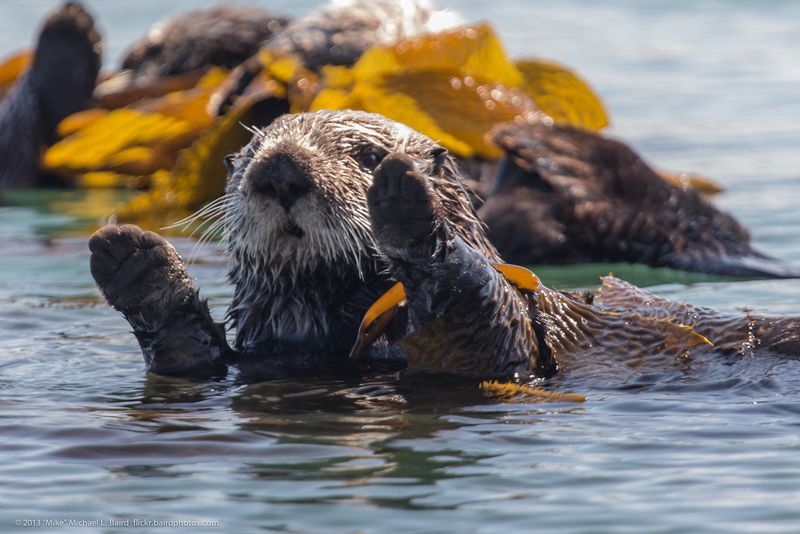
Wrapped in the densest fur of any animal, sea otters float on their backs while using rocks to crack open shellfish on their bellies. Without blubber, they rely on their incredible fur (up to one million hairs per square inch) to stay warm.
Sea otters hold hands (called rafting) while sleeping to avoid drifting apart. Their playful antics and important role as kelp forest guardians make them beloved icons of the Pacific Northwest.
4. Sunflower Sea Star

With up to 24 arms and the ability to move at lightning speed for a starfish, the Sunflower Sea Star is a colorful giant of the Pacific seafloor. Growing up to three feet across, these predators hunt clams, sea urchins, and other invertebrates.
Unfortunately, a mysterious wasting disease has decimated their populations since 2013. Scientists now consider them critically endangered, making sightings rare treasures for lucky divers exploring the Pacific Northwest.
5. Mola Mola (Ocean Sunfish)
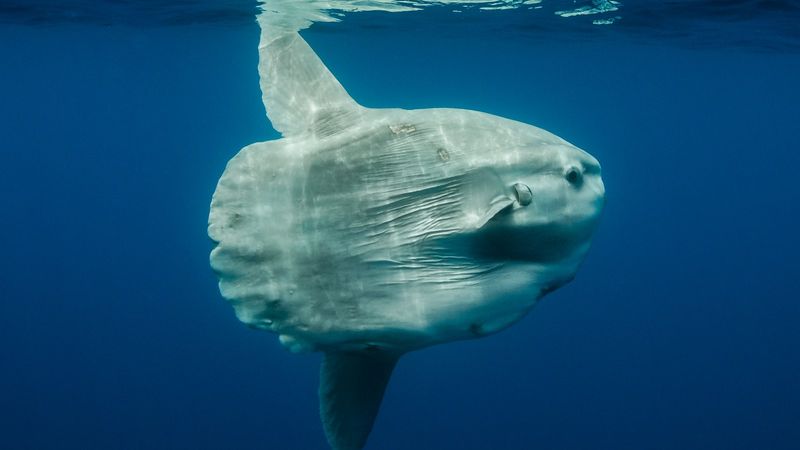
Looking like a swimming head without a body, the bizarre Mola Mola is the heaviest bony fish in the world. These gentle giants can weigh over 5,000 pounds yet feed primarily on jellyfish.
Pacific Ocean sunfish often float near the surface, basking in the sun to warm up after deep dives. Their unusual appearance startles many first-time observers, who sometimes mistake them for sharks when seeing their tall dorsal fins cutting through the water.
6. Tufted Puffin

Sporting a brilliant orange beak and flowing yellow head plumes during breeding season, Tufted Puffins are the clowns of the Pacific coastline. These seabirds nest in burrows on remote islands from California to Alaska.
Expert divers, they can plunge 60 feet underwater to catch fish, sometimes returning to their nests with up to 20 small fish lined up perfectly in their beaks. Their waterproof feathers and incredible swimming abilities make them as comfortable below water as above it.
7. Gumboot Chiton
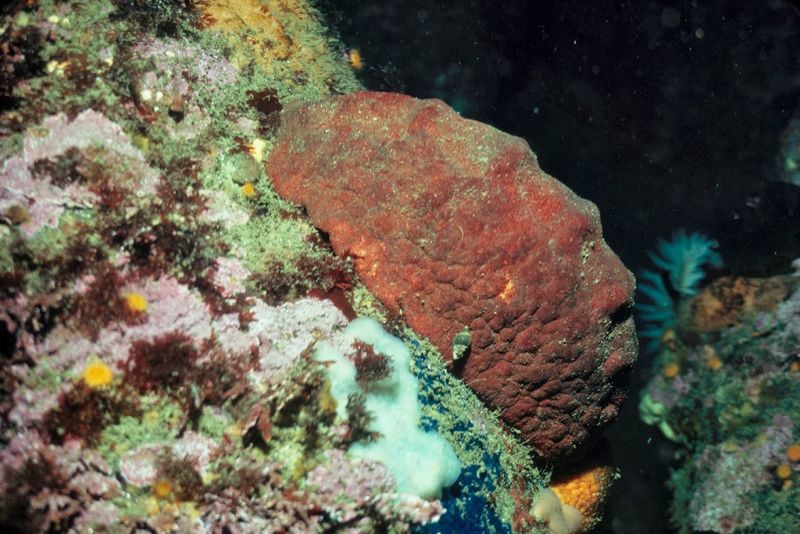
Resembling a prehistoric armored tank, the Gumboot Chiton is the largest chiton species in the world, growing up to 14 inches long. Its reddish-brown leathery mantle covers eight shell plates, giving it flexibility to cling to rocks in turbulent tide pools.
Native to the Pacific coast from California to Alaska, these slow-moving mollusks use their rasping tongues to scrape algae from rocks. Ancient creatures barely changed in 500 million years, they’re sometimes called “wandering meatloaf” by coastal residents.
8. Grunt Sculpin
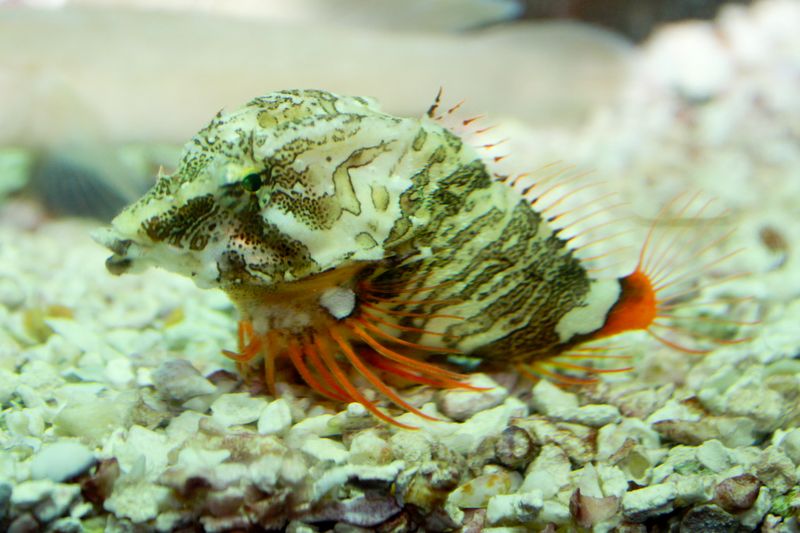
With a face only a mother could love, the Grunt Sculpin resembles a grumpy old man with its prominent nose and downturned mouth. These tiny fish (only 3 inches long) have modified fins that function like legs, allowing them to “walk” along the seafloor.
Found in the cold waters from Washington to Alaska, they make their homes inside empty giant barnacle shells. When threatened, they retreat backward into these shell homes, using their pointed heads to block the entrance like a perfect plug.
9. Vaquita Porpoise
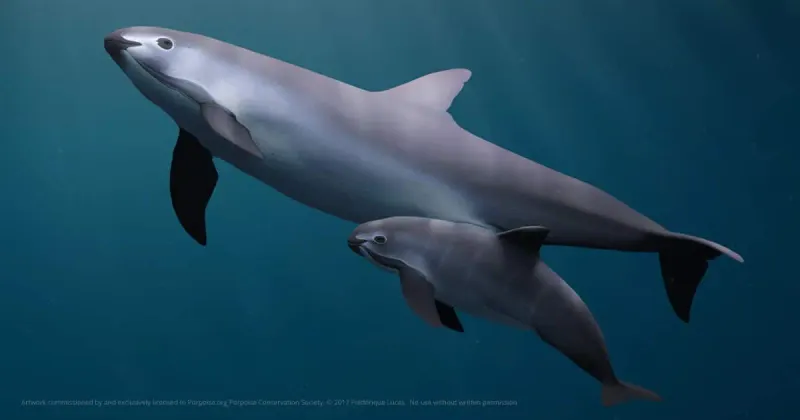
The world’s most endangered marine mammal, fewer than 10 vaquitas remain in their native Gulf of California. These tiny porpoises, measuring just 5 feet long, are immediately recognizable by the dark rings around their eyes and mouth, resembling a smiling face with eye makeup.
Despite never being directly hunted, vaquitas became critically endangered after being caught in gillnets meant for other species. Conservation efforts continue in a desperate race to save these rare Pacific creatures from extinction.
10. Pacific Hagfish
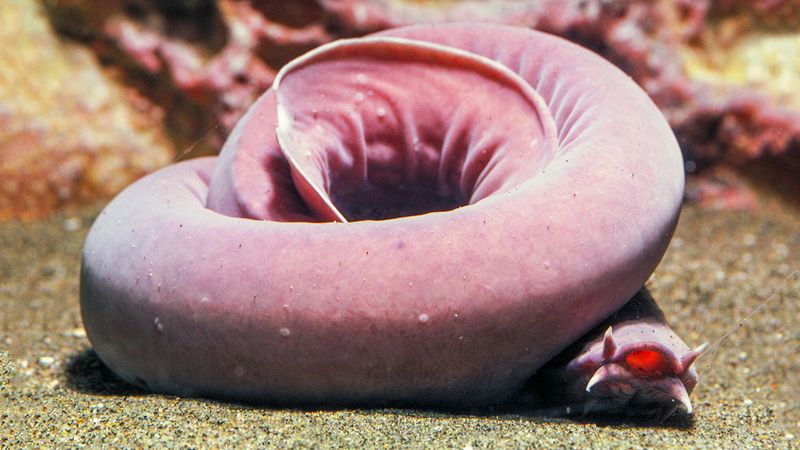
Masters of disgust, Pacific Hagfish produce copious amounts of slime when threatened – a single hagfish can fill a 5-gallon bucket with slime in minutes! These primitive, jawless fish haven’t changed much in 300 million years.
Living along the Pacific coast, they feast on dead and dying sea creatures using rasping tooth-plates to burrow inside carcasses. Despite their revolting reputation, scientists study their incredible slime for potential applications in sustainable materials like biodegradable clothing.
11. Humboldt Squid
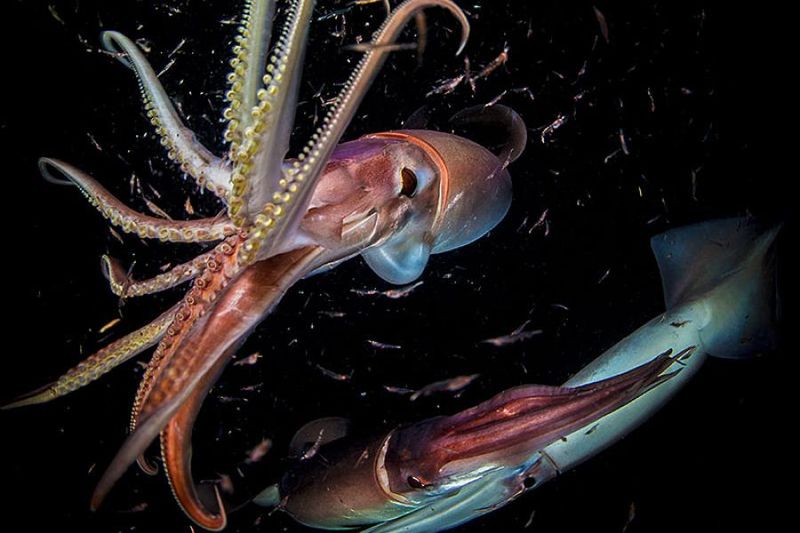
Known as “red devils” by fishermen, Humboldt Squid hunt in packs like wolves of the sea, communicating through rapid color changes. Growing up to 6 feet long and weighing 100 pounds, these aggressive predators patrol Pacific waters from Chile to Alaska.
Their powerful beaks can easily remove chunks of flesh from prey or curious divers. Humboldt Squid can flash from white to deep red in an instant, using this ability to communicate with each other during coordinated hunting attacks in the deep Pacific waters.
12. Pacific Spiny Lumpsucker
Possibly the cutest fish in the sea, Pacific Spiny Lumpsuckers look like grumpy golf balls with fins. Their modified pelvic fins form a suction cup that lets them stick to surfaces despite strong currents.
Found in cold Pacific waters from Washington to Japan, these round little fish grow only to about 2 inches long. They move with adorable awkwardness, seeming to bounce rather than swim through the water, making them favorites among underwater photographers exploring Pacific kelp forests.
13. Ribbon Worm
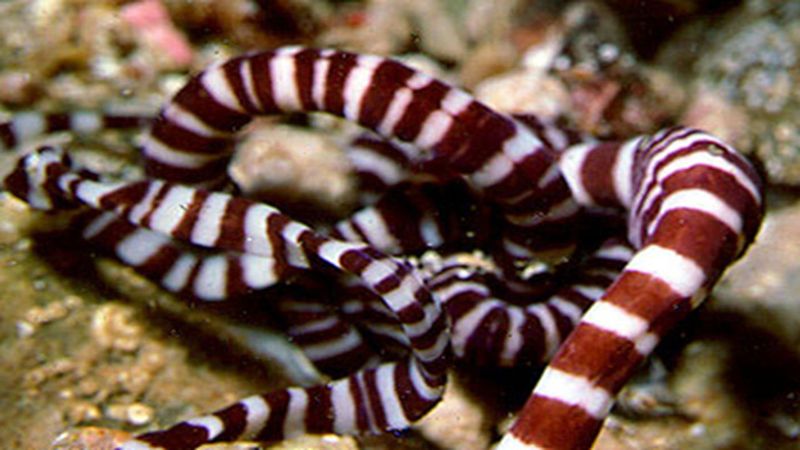
Looking like living spaghetti, giant Pacific Ribbon Worms can stretch over 100 feet long despite being only as thick as a finger. These bizarre creatures hunt by shooting out a specialized proboscis that’s loaded with toxic slime.
Found hiding under rocks along the Pacific coast, their bodies come in vibrant colors from bright red to purple. When threatened, some species can fragment their bodies, with each piece potentially growing into a complete new worm – a superpower that amazes marine biologists.
14. Leafy Seadragon

Nature’s ultimate masters of camouflage, Leafy Seadragons are adorned with leaf-like appendages that make them nearly invisible among seaweed. Related to seahorses, these delicate creatures grow up to 14 inches long and drift with currents rather than swimming actively.
Found in southern Australian Pacific waters, male seadragons carry the eggs until they hatch, just like their seahorse cousins. Their extraordinary appearance makes them look more like floating plants than animals, protecting them from predators in their Pacific kelp forest homes.
15. Fangtooth Fish
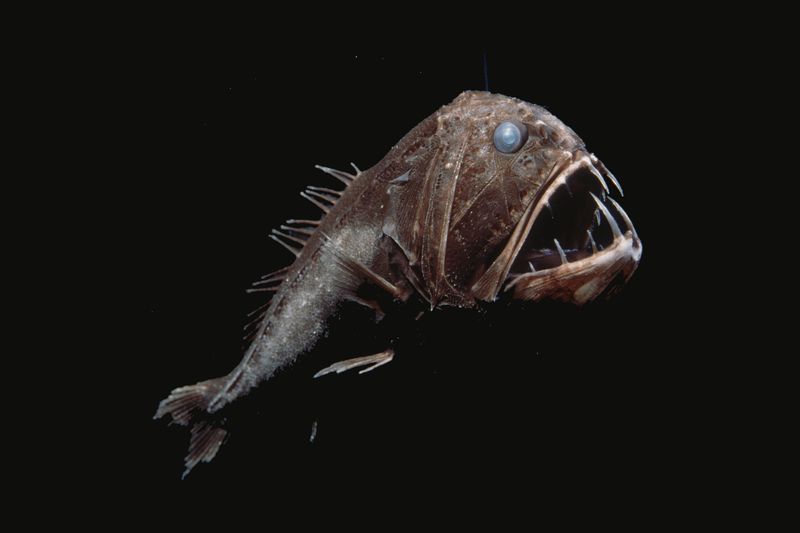
With the largest teeth proportional to body size of any fish in the ocean, Fangtooth Fish look like swimming nightmares. Their massive fangs are so large they can’t close their mouths completely!
Living in the deep Pacific waters from California to Chile, these small fish (only 6 inches long) survive extreme pressures at depths up to 16,000 feet. Despite their terrifying appearance, they’re harmless to humans, feeding mainly on small crustaceans and squid in the pitch-black depths.



